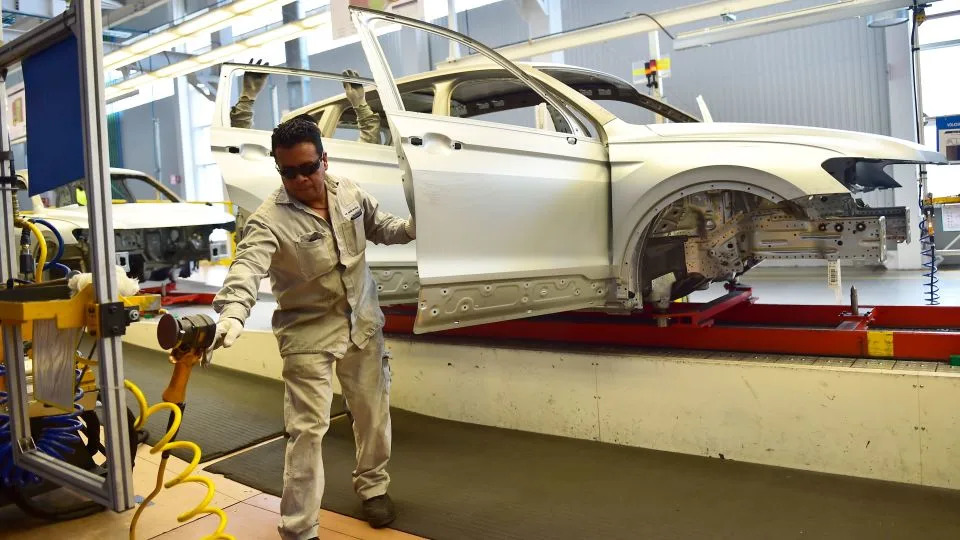NAFTA took effect in 1994 and created a North American free-trade zone by eliminating tariffs on most goods traded between the three countries. Previously, Mexico had some steep tariffs on US-made goods. The USMCA continued the free-trade environment.
Trade has grown in the region as a result of the economic cooperation and the stable rules set by NAFTA and continued by the USMCA, and now supports about 17 million jobs across North America.
The USMCA maintained most of the core elements of NAFTA. But it also added a new chapter on digital trade, strengthened the enforcement of labor rules in Mexico, and further opened the Canadian dairy market for US farmers.
One of the biggest focuses of the USMCA is the auto industry. The trade pact requires 75% of a vehicle’s parts to be made in one of the three countries – up from the previous 62.5% rule – to remain free from tariffs when moving within the region. It also requires more vehicle parts to be made by workers earning at least $16 an hour.
“I think it certainly preserves our ability to maintain a relatively robust car industry,” Sanchez said.
What kind of effect have NAFTA and the USMCA had?
It’s difficult to isolate the impacts of the trade deal from other economic factors, but economists generally agree that free trade contributes to economic growth over the long term. But there are usually winners and losers.
NAFTA got blamed for US job losses and wage stagnation and, despite initial bipartisan support, eventually faced attacks from both Democrats and Republicans.
Carla Hills, a former US trade representative and one of the chief architects of NAFTA, recently said that free trade isn’t to blame for the loss of jobs. Rather, the US “did a poor job” of training those who lost jobs for the new opportunities made available, she said at a forum Wednesday in Washington sponsored by the Consumer Brands Association.

“NAFTA became a hated phrase,” said Gary Hufbauer, a nonresident senior fellow at the Peterson Institute for International Economics.
He noted that so far, the biggest impact the USMCA has had is “the change in the name.”
Trade among the three countries has continued to increase since the USMCA took effect in July 2020.
The full impact of the automobile content requirement won’t be known until 2027 when it’s fully phased in. Over the first two years, the nonpartisan International Trade Commission found that the US imported fewer vehicle parts, which helped boost auto industry revenue, employment, and wages in the US. However, it also increased the cost of producing vehicles in the US, incentivizing some American consumers to buy more affordable foreign-made cars.
With information from CNN
TYT Newsroom
The post What are the differences between the USMCA and the “infamous” NAFTA? first appeared on The Yucatan Times.














